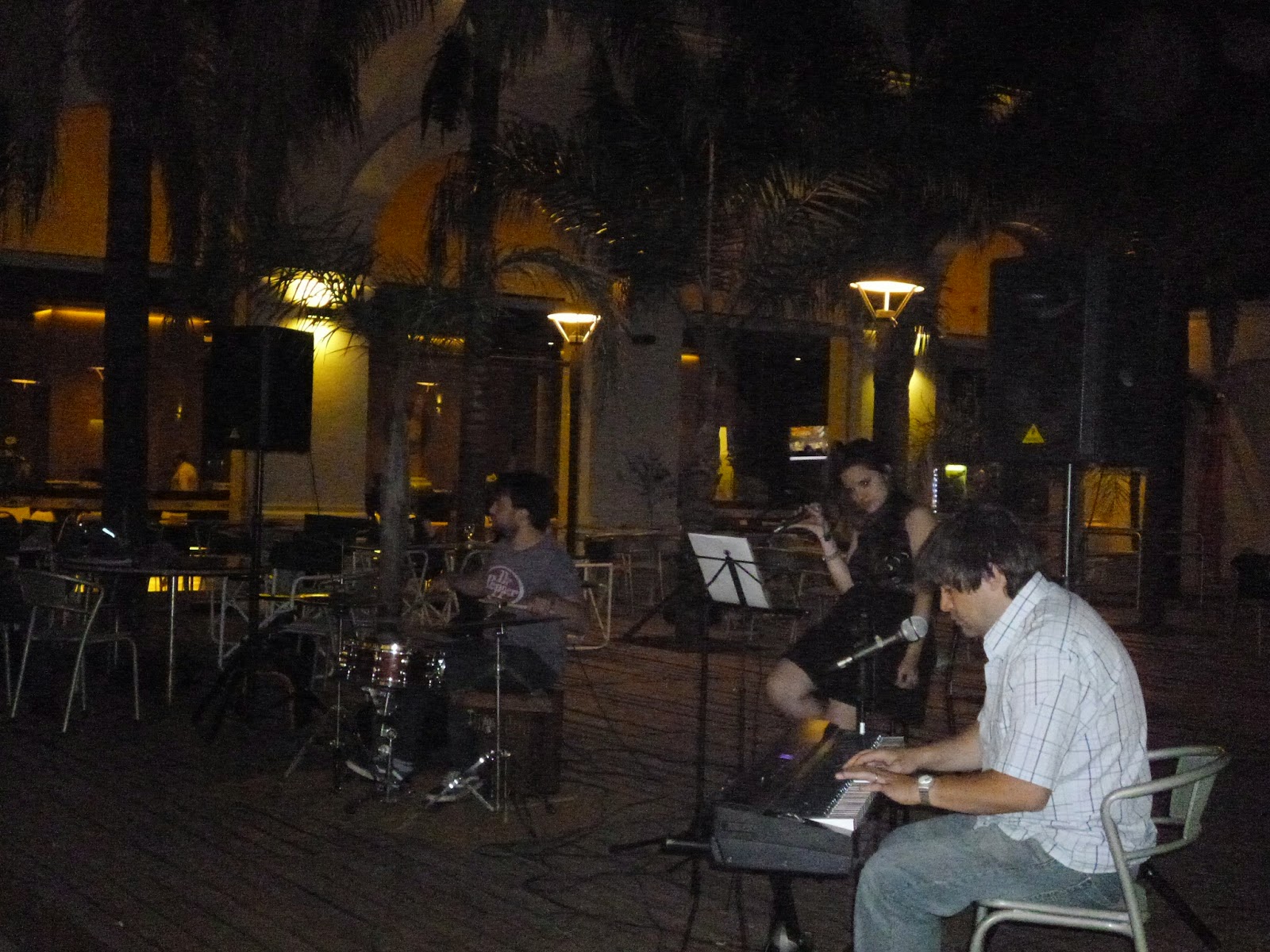FRANCESCA Y MILI: NUESTRAS REPRESENTANTES EN LA XLIII REUNIÓN ANUAL DE LA SOCIEDAD ARGENTINA DE BIOFÍSICA 2014 (SIERRA DE LA VENTANA)
Poster: “The incorporation of amphiphilic derivates of L - ascorbic acid induce reorganization of phospholipid bilayers”
Giudice F.; Mottola M.; Ambroggio E.; Fanani M.L.
Centro de Investigaciones en Química Biológica de Córdoba (CIQUIBIC), Departamento de Química Biológica, Facultad de Ciencias Químicas, universidad Nacional de Córdoba, Haya de la Torre y Medina Allende, Ciudad Universitaria, X5000HUA, Córdoba,Argentina.
Recently it has been shown that some amphiphilic derivatives of L-ascorbic acid (ASCn) , such as ascorbyl palmitate (ASC16) self-organizes in coageles nanostructures (Palma review 2007). Those structures act as a good adjuvant in immunization of animal model (1), presumably by some cytotoxic property. Also, ascorbyl laurate (ASC12), containing a shorter aliphatic chain enhances ophthalmological permeation of other drugs (2). These effects could be due to a direct interaction of the ASCn with biological membranes. Previous studies demonstrated a significant ability of ASC16 to penetrate phospholipid monolayers, regulated by the electrostatic properties of both the subphase and the resulting interface (3). In this study the interaction of three types of ASCn (ASC16, ascorbyl myristate, ASC14 and ASC12) with model membranes was investigated. The model system chosen has greater structural relationship with cell membranes than phospholipid monolayers: phospholipid bilayers organized in nanoscale vesicles. Since ASCn shows an acidic group with a pKa of 4.2, the insertion at a neutral pH of these drugs to 100 nm unilamelar vesicles (LUVs) of phosphatidyloleoylphosphatidylcholine (POPC), which are originally neutral, are monitored by measurements of changes in zeta potential. Our results show a large change in the hydration of the polar head group of phospholipids by measuring changes in the Generalized Polarization of laurdan, consistent with a rigidifying effect for all the ASCn studied in a magnitude ASC14 > ASC12 > ASC16. Similar effect was observed by measurement of the anisotropy of DPH (diphenylhexatriene),
La reunión "NANO-CÓRDOBA" se organiza con el objetivo de generar un espacio interdisciplinario de discusión en temáticas relacionadas con la nanociencia y la nanotecnología en la región centro del país.
Fecha de inicio y fin: 22/10/2014 al 24/10/2014
 |
| EL CIQUIBIC BIEN REPRESENTADO |
 |
| DISFRUTAMOS UNA VELADA CON MÚSICA EN VIVO |
 |
| LOS COLEGAS DE MENDOZA |
 |
| RECIBIMOS LA VISITA DEL Dr. DANIEL GUERRA GIRALDEZ DESDE LIMA |
 |
| EN EL BRINDIS |
Lugar: Salón Auditorio del Rectorado ubicado en Ciudad Universitaria (UNC) de la ciudad de Córdoba, Argentina.
Esta reunión tiene como objetivo proporcionar un foro interdisciplinario regional sobre los últimos avances en nanociencia y nanotecnología, incluyendo las herramientas utilizadas para su estudio, teniendo en cuenta enfoques experimentales y teóricos. La atención se centrará principalmente en síntesis, caracterización y modelización de nanomateriales y nanocompuestos. La reunión abarcará también las correlaciones estructura-propiedad en la comprensión de la escala nanométrica, de los fenómenos fundamentales que ocurren en la nanoescala y los procesos, diseño, aplicaciones y el desarrollo industrial de nanosistemas. Para este último objetivo se planifica realizar una sección especial con representantes de empresas de base tecnológica y laboratorios de innovación. La reunión contará con sesiones dedicadas nanomedicina y nanofarmacología, síntesis y aplicaciones de nanomateriales, nanosensores y plasmónica, modelado de propiedades de nanoestructuras y biofísica de sistemas nanoestructurados con especialistas nacionales y extranjeros líderes en sus áreas de interés.
Secciones de posters:
1_ Nanomedicina y Nanofarmacología
2_ Síntesis y aplicaciones de Nanomateriales
3_ Nanosensores y plasmónica
4_ Modelado de propiedades de nanoestructuras
5_ Biofísica de sistemas nanoestructurados




